In the moments when they’re not running their Paris design firm, Heju, 25-year-old architects Hélène Pinaud and Julien Schwartzmann love to make things. They post their DIY inventions on the Heju blog, and Hachette in France collected them in a book, Design It Yourself: 35 Objets Design à Petits Prix et à Faire Soi-Même. One of our new favorites is the duo’s DIY terrazzo table, their poor man’s answer to the labor-intensive and pricey finish. They came up with the project after not succeeding in including terrazzo in one of their architectural commissions: frustration fueled months of thinking and testing, and led to their little speckled table, which makes use of broken tile rather than marble fragments. They kindly agreed to share it with us.
N.B.: This is the second in a series of Heju projects we’ll be presenting. Over at The Organized Home, we recently spotlighted the Heju DIY Wall Organizer.
Photography courtesy of Heju.


Terrazzo is traditionally made of marble (or other stone) chips set into a cement matrix that’s polished to a high sheen. Decorative and hardwearing, it’s often seen as lobby flooring in historic buildings. Of late, the finish has made a comeback, thanks to, among others, British designer Max Lamb: See An Effortlessly Cool Cafe in Amsterdam. We’ve also recently admired terrazzo Chez Marie Sixtine in Paris and in a Danish Designer’s Handmade Kitchen. The Heju version is less involved, but requires a bit more time and labor than most of their DIYs.

Tools and Materials for the Top
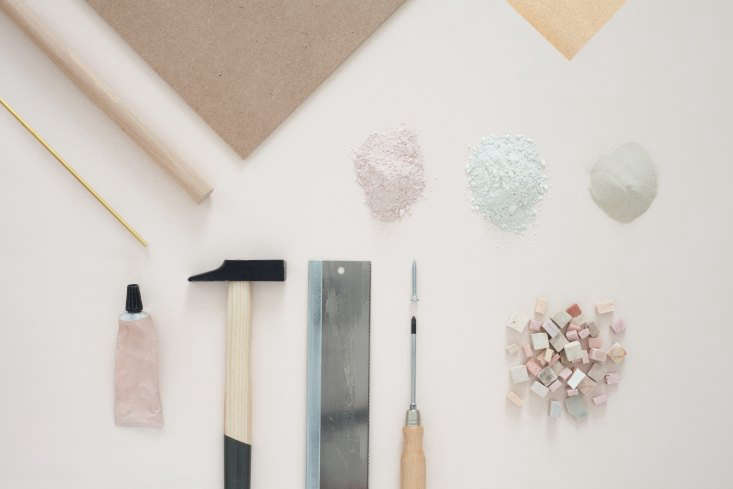
Materials include panels of MDF, a 1.5-kilo (3.3-pound) bag of white cement, 3 kilos (6.6 pounds) of fine sand (available from pet- and garden-supply stores), pale-pink grout, and ceramic tiles for breaking into pieces. For the full specs and step-by-step on how to make the table base, go to Heju.
Instructions






The Finished Look

Explore our DIY archive for more ideas, including:
- DIY Essential Oils in the Home: Lavender Linen Freshener
- Ikea Hack: DIY Furniture You Can Paint
- DIY: A Leather-Detailed Wooden Doorstop
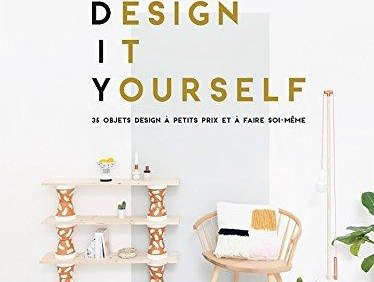
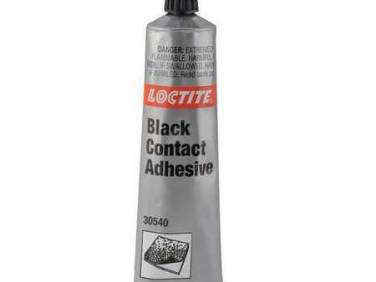
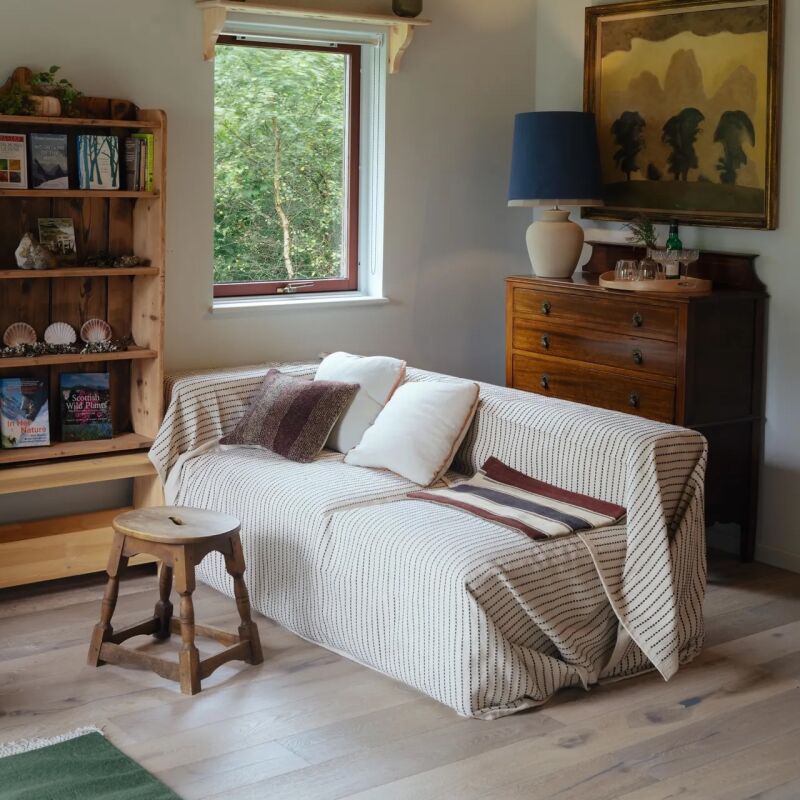

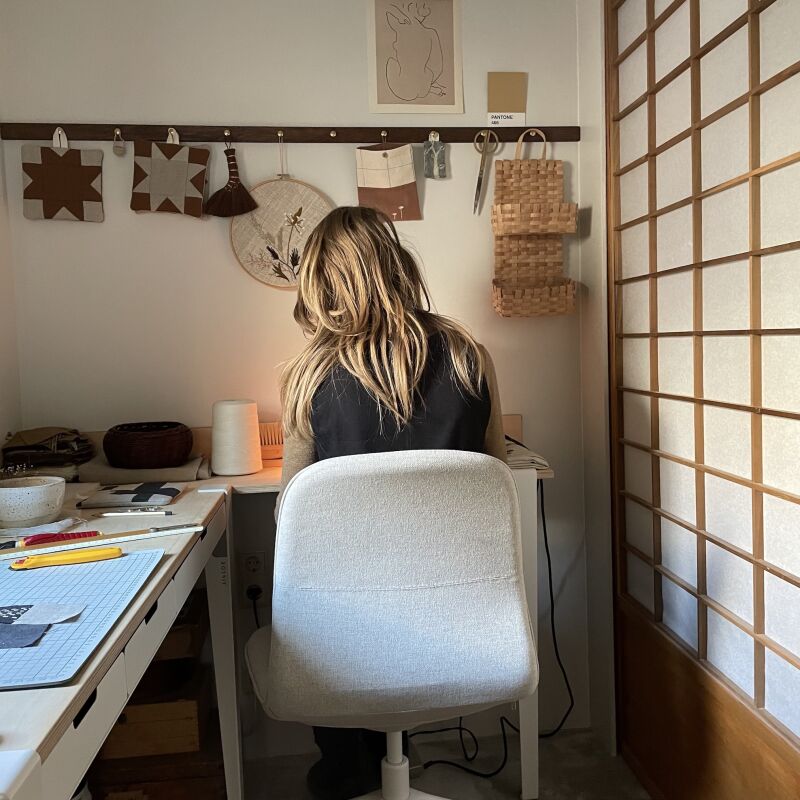

Have a Question or Comment About This Post?
Join the conversation (6)